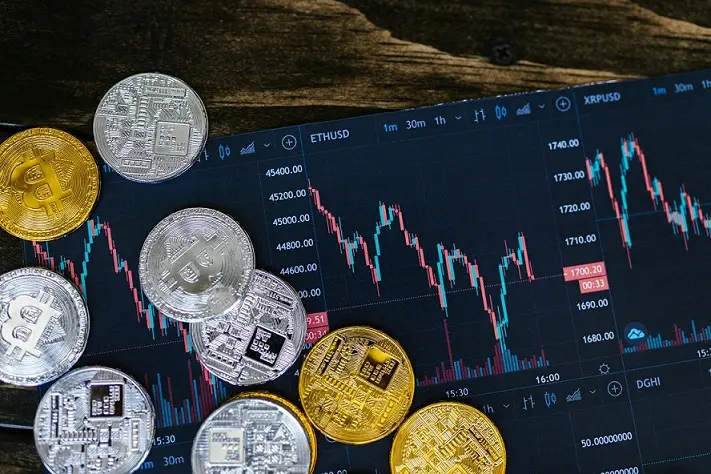
Oddball ETFs
1/22/2024
This month, the SEC approved 11 new exchange-traded funds (ETFs) created to track the performance of the cryptocurrency Bitcoin. The approval process took over a decade. Cryptocurrency has long been known for its volatility and highly technical nature, which has limited its adoption by many institutional investors unable to bear the risks of self-custody. Now that ETFs have been approved, many in the crypto community are optimistic that the ability to gain exposure in a traditional brokerage account could result in increased demand for the digital commodity. Over the first week in trading, there was $10 billion in volume, with $871 million in inflows in the first three days, according to digital asset manager CoinShares. While these ETFs represent a milestone moment for crypto assets, investing comes with risks.
ETFs are pooled investment securities similar to mutual funds, which can be traded throughout the day. They can be a good tool for achieving diversification in a fee and tax-efficient way for almost any size of investor. There are many kinds of ETFs, and their prices fluctuate to track the prices of the underlying assets. Examples include ETFs that track index funds, a region, industry, commodity, or strategy.
Their flexibility has resulted in hundreds of narrowly focused and novelty ETFs. This can lead investors to behavior like market timing at the peak of a fad and become exposed to large swings that can be emotionally difficult to navigate, much like single stock picking. Whether due to lack of demand or regulation, ETFs can be shut down and liquidated. This can have very negative consequences like the forced realization of gains or forced selling of a position after a period of poor performance, as the fad exuberance has faded and the related ETF closed down.
Some of the stranger examples include the recently liquidated Roundhill MEME ETF (MEME), which held assets involved in the 2021 meme stock craze, Inverse Cramer ETF (SJIM) which holds investment positions that are the opposite of those recommended by CNBC’s Mad Money host Jim Cramer, and NANC (Nancy Pelosi) or KRUZ (Ted Cruz) – both intended to mimic the investment positions of members of congress or their spouses.
Bitcoin remains a commodity that does not generate revenue and earnings or have a use as a raw material for the production of goods in the real economy, so it is an asset that lacks fundamental value. As a piece of promising new technology that does not have intrinsic value today, Bitcoin could be loosely compared to an angel investment in a pre-revenue company, and any amount purchased should be sized according to that extreme level of risk. Some newly launched Bitcoin ETFs will stand the test of time better than the MEME ETF, but those that fail to gain sufficient demand could face liquidation. While these new ETFs may bring some increased demand from institutional capital, investors are exposed to both the risk of Bitcoin valuation and those generated by many other narrow-focus ETFs.
Corey Erdoes

